Juanita Browne: Gorgeous and practical autumn brings a riot of colour to native woodlands
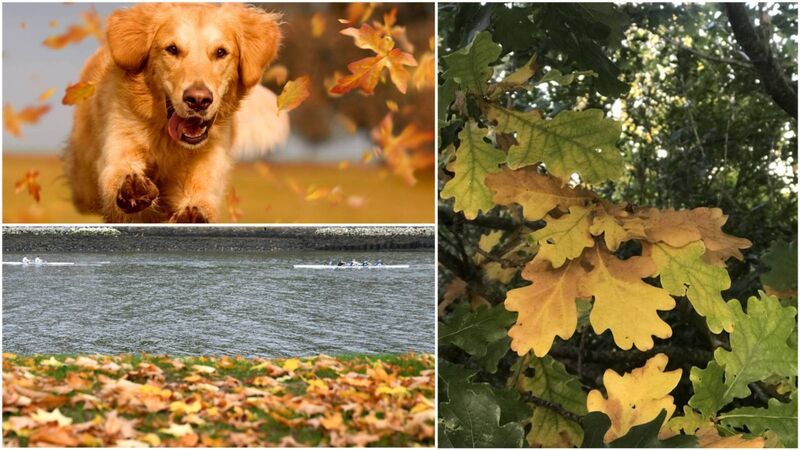
The earliest use of ‘fall’, the more common American name for this season, dates back as early as the 1500s. ‘Fall’ is thought to originate from the phrase ‘the fall of the leaf’, referring to the time of year when deciduous trees shed their leaves
I’ve always loved a good time-lapse film clip. I especially enjoy time-lapses of trees changing through the seasons — where filmmakers use a fixed camera position to track the changing appearance of a tree or woodland scene, to capture the transformation spring buds, flowers and young bright leaves, to the deep greens of summer; the yellows and reds of autumn, and the exposed skeletal branches of winter.
Maybe it’s simply satisfying to watch — like those oddly satisfying TikTok videos we can’t explain. Or perhaps there’s some deeper link with admiring nature and the changes of the seasons.
Whatever the reason, witnessing the colourful display of an autumnal native woodland brings joy at this time of year.
The earliest use of ‘fall’, the more common American name for this season, dates back as early as the 1500s.
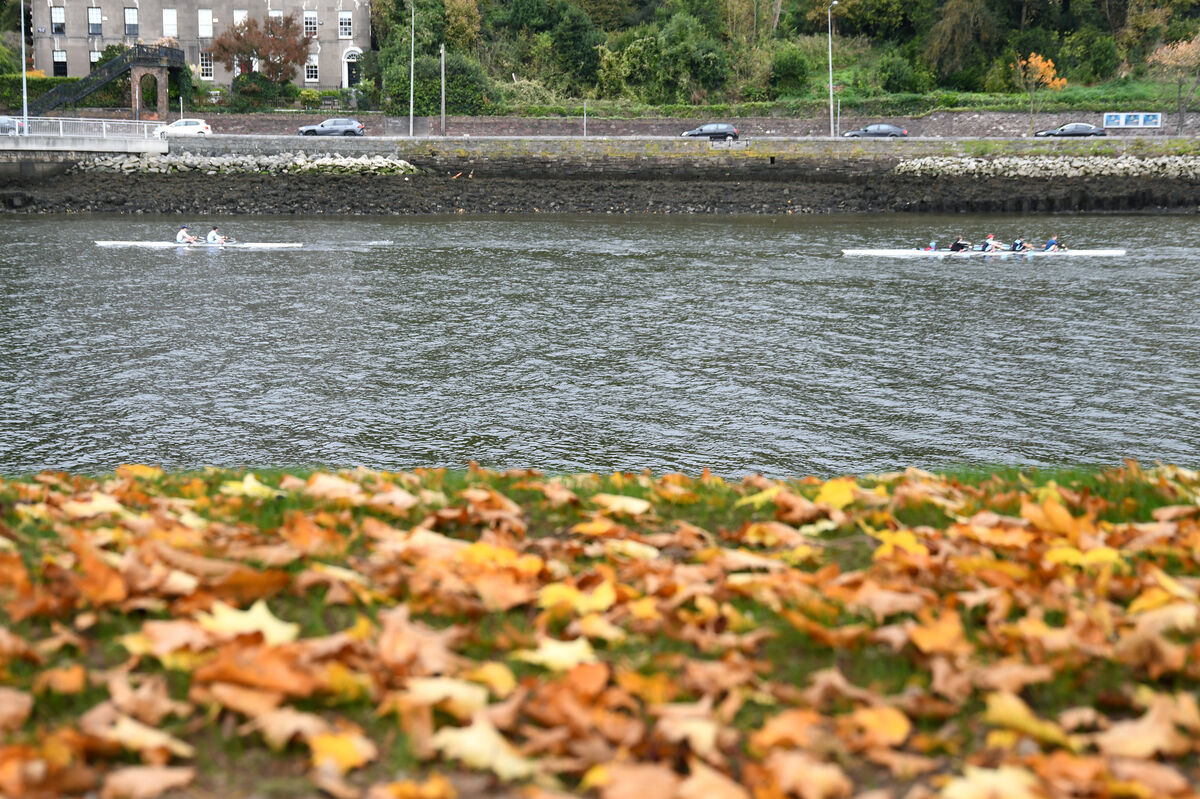
‘Fall’ is thought to originate from the phrase ‘the fall of the leaf’, referring to the time of year when deciduous trees shed their leaves. Likewise, ‘spring’ is thought to come from the phrase ‘spring of the leaf’, when fresh young leaves appear.
The process behind trees changing colour and losing their leaves is really interesting. Deciduous trees shed their leaves as a survival tactic.
Leaves capture sunlight for energy production through photosynthesis, so they are very rich in energy, water and nutrients. But broad leaves are also very vulnerable to damage in bad weather. So, it’s not a good idea to have lots of energy and water resources in leaves that can be easily damaged during the winter months.
Instead, the tree re-absorbs nutrients from the leaves and cuts off the water supply. This helps the tree to conserve energy during winter and being leafless also allows wind to blow through its branches more freely, thus putting less strain on the tree during storms.
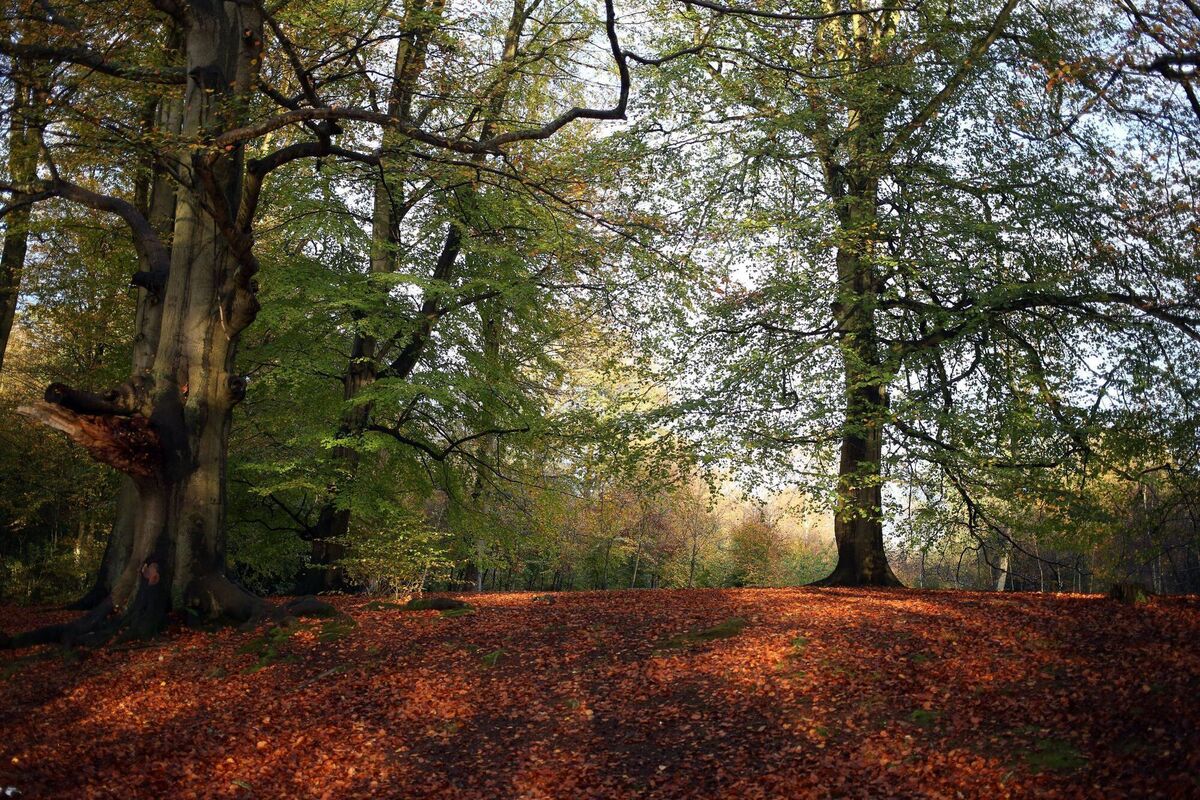
In cold climates, evergreen trees have weather-resistant needles or thick waxes and resins that protect their leaves from freezing or breaking. But deciduous leaves are thin, and as water expands when frozen, the delicate leaf cells can rupture in cold weather, making them unable to complete their job of photosynthesis.
It would be a bad idea for a tree to carry thousands of these unproductive parts through winter so dropping them is a better option. Also, by autumn, many leaves have been damaged by insects or are diseased, so dropping them allows a fresh start the following spring.
The fallen leaves, of course, become fertiliser recycling nutrients for the tree’s roots.
We all learned in school how plant cells contain chloroplasts — organelles that are like magic little machines that can produce sugar from carbon dioxide, sunlight and water. And within chloroplasts lies the compound chlorophyll, which gives leaves their dominant green colour.
Over the summer months, chlorophyll is vital in producing energy for the tree. In autumn, it begins to degrade and with it, the green colour of the leaf dissipates to reveal other yellow and orange pigments — carotenoids — that were always there in the background. It’s a bit like taking off a layer of make-up — there are other pigments underneath that were always there, just hidden for a while.
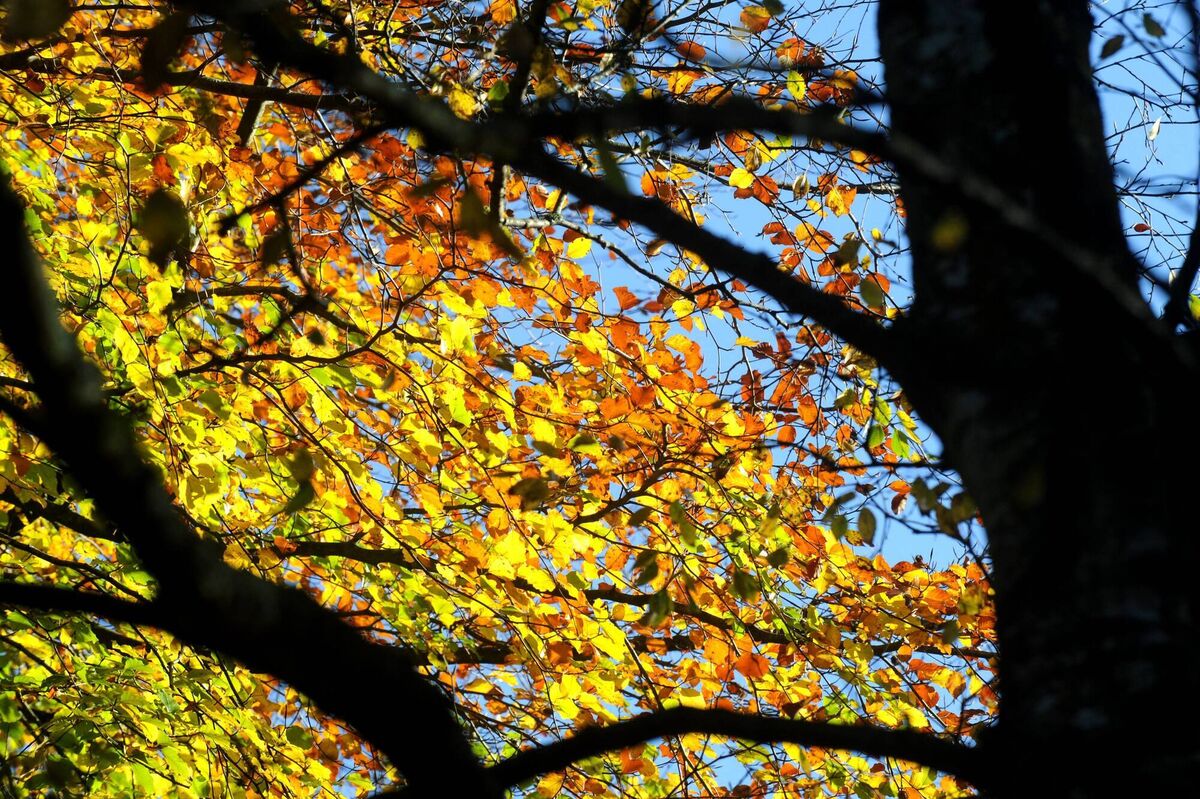
Some trees also have an accumulation of compounds called anthocyanins at this time, giving them red and purple leaves. Other leaves simply turn brown — this is down to other compound called tannins. Tannins are the pigments that turn your tea brown (tea being made from leaves after all!).
The whole process occurs slowly through the season, and not uniformly on the whole tree at once, so one tree can have a wide range of greens, yellow and reds, in a mix that is constantly changing.
It’s interesting to learn that leaves aren’t simply blown off branches but are separated in a very controlled way. The scientific term for leaf drop is abscission.
In spring, a layer of cells called the abscission layer is formed between the branch and new leaf. In the summer growth stage, energy passes through this layer from the leaf to the branch and tree trunk for storage, and water is passed back through to the leaf.
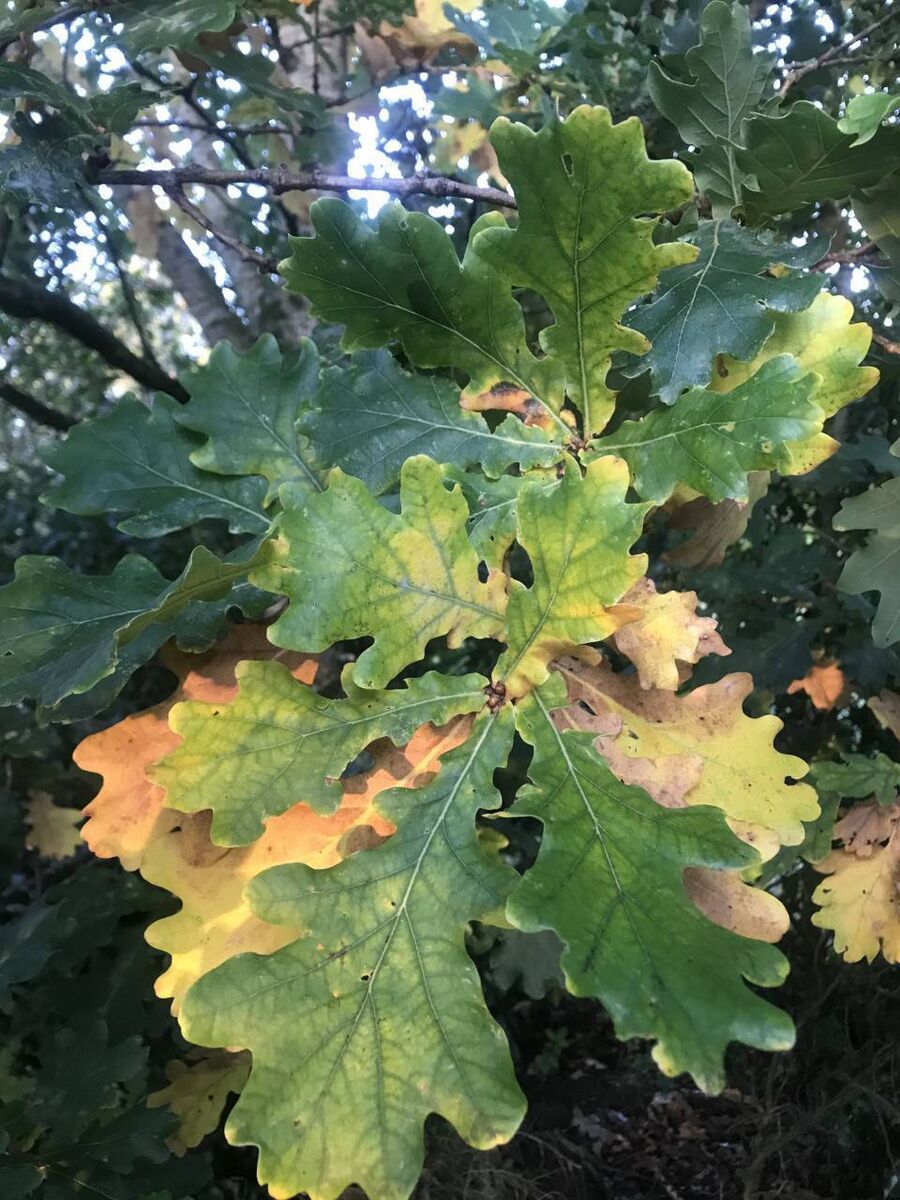
The abscission process is usually triggered by lower temperatures and shorter day length at this time of year. This causes production of the hormone auxin which affects the abscission layer.
The vessels that provide transport of sugars and water between the leaf and branch are gradually closed off, and the abscission layer grows to create a protective seal so there won’t be an open wound on the branch. This weakens the bond between leaf and branch, to the point where the leaf can be blown away by the wind. Eventually, all the leaves are dropped, and the tree becomes dormant for winter.
If you want to enjoy a great autumnal spectacle, you’ll have to try to find deciduous forest, and unfortunately, we don’t have much native broadleaf woodland in Ireland. But a little research is well worth it. Enjoy!








